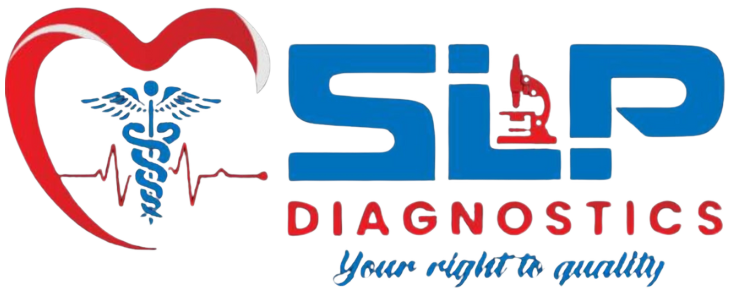When it comes to your heart, understanding what’s going on inside is key. This is where the lipid profile test comes into play. It’s a simple blood test that gives you loads of info about your heart health. Let’s dive into what this test reveals and why it’s important for everyone.
Decoding the Lipid Profile Test
A lipid profile test is like a report card for your veins and arteries. It checks your blood for four main things—total cholesterol, LDL (the bad cholesterol), HDL (the good cholesterol), and triglycerides. Each part of this test tells a story.
- Total Cholesterol: This is the amount of cholesterol in your blood. High total cholesterol can mean you’re at risk for heart problems.
- LDL Cholesterol: Often called “bad” cholesterol, because too much of it can clog your arteries.
- HDL Cholesterol: Known as “good” cholesterol. It helps remove the bad stuff from your blood.
- Triglycerides: These are a type of fat found in your blood. High levels can increase your risk of heart disease.
Understanding these numbers can give you a picture of your cardiovascular health. They’re like clues that help you and your doctor make informed choices about your heart health.
Why Every Health-Conscious Individual Should Get a Lipid Profile Test
Getting a lipid profile test isn’t just for your doctor to keep records. It’s essential for spotting risk factors early on:
- Early Detection: It can catch potential heart problems before they become serious.
- Monitoring Changes: Regular checks show if your lifestyle or treatment plan is working.
- More Than Heart Health: It’s not just about the heart; it’s linked to conditions like diabetes and metabolic syndrome too.
These tests help you understand more about your health, allowing you to make changes that could potentially extend your life.
Interpreting Your Lipid Profile Results Accurately
Once you have your lipid profile results, what do they mean? Let’s break it down.
- Normal Ranges: Typically, total cholesterol should be below 200 mg/dL. LDL less than 100 mg/dL is ideal. HDL above 60 mg/dL is good, and triglycerides should be below 150 mg/dL.
- Out-of-Range Values: If your numbers are high or low, it could mean you’re at higher risk for heart issues.
- Other Influences: Things like your diet or medications can affect results.
Dispelling Myths: – Don’t believe everything you hear. Not all cholesterol is bad, and a lipid profile offers a broader picture.
Getting Ready for Your Lipid Profile Test
Before you head to the lab, there are a few things to keep in mind to ensure accurate results:
- Fasting is Key: You usually need to fast for 9-12 hours before the test.
- Medications and Supplements: Check with your doctor about any pills that could affect your results.
- Stay Calm: Tests can be nerve-wracking, but staying relaxed is important for accurate results.
Determining the Frequency of Lipid Testing
How often should you get a lipid profile test?
- General Guidelines: Once every four to six years is average for adults.
- Special Recommendations: If you have a family history or risk factors, more frequent tests might be needed.
Regular testing can alert you to health issues before they become severe, making it a vital part of your health routine.
Taking Control: How to Manage and Improve Your Lipid Levels
Improving your numbers on a lipid profile test is possible with some lifestyle tweaks.
- Dietary Changes: Eat more fruits, veggies, and whole grains. Reduce intake of red meats and trans fats.
- Exercise Regularly: Aim for 30 minutes a day. Walking, swimming, or cycling can work wonders.
- Consider Medication: If lifestyle changes aren’t enough, medications can help.
These steps not only improve your lipid profile but also enhance your overall vitality.
Beyond Numbers: Other Risk Factors for Cardiovascular Diseases
Besides what your lipid profile tells you, several other factors impact heart health:
- Blood Pressure: Keep tabs on this. High blood pressure pairs with high cholesterol to increase heart risks.
- Lifestyle Choices: Smoking and a sedentary life don’t mix well with good heart health.
- Family Matters: Knowing your family’s medical history can clue you into possible risks.
Discuss these risks with your healthcare provider for a more comprehensive health view.
Taking Action: When and Why to Consult a Healthcare Professional
Sometimes, lipid profile results can be concerning.
- Recognize Red Flags: High or low numbers need a professional’s attention.
- Frequent Conversations: Regularly talk with your doctor about your heart health and action plans.
- Address Symptoms Promptly: If you notice unusual symptoms like chest pain, seek medical help immediately.
Conclusion
Knowing your lipid profile is like having a roadmap to better heart health. By understanding these numbers, you can take charge of your health journey. Proactive steps like regular testing and healthy lifestyle changes are your best tools in the quest for longevity. Take your health seriously—your heart will thank you.
Schedule your test today at SLP Diagnostics!


